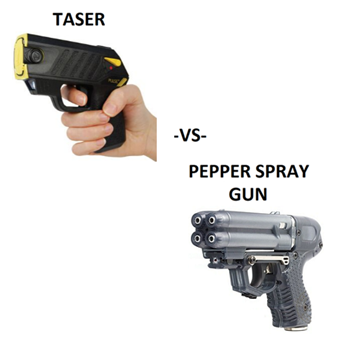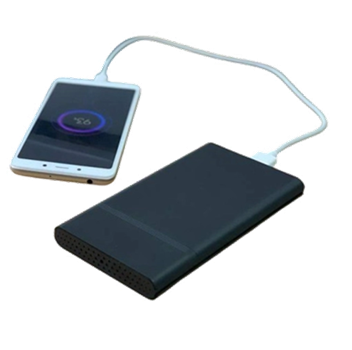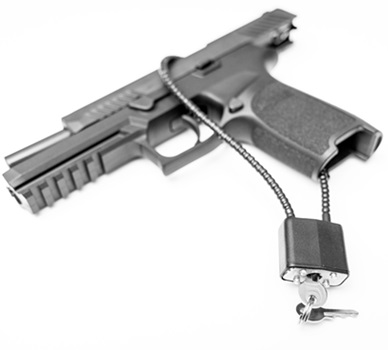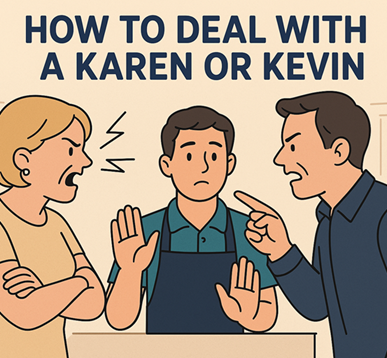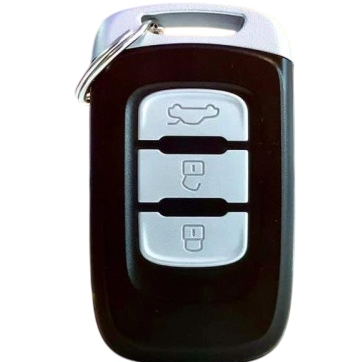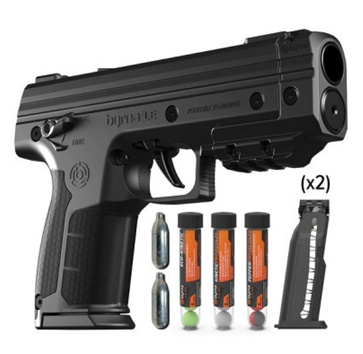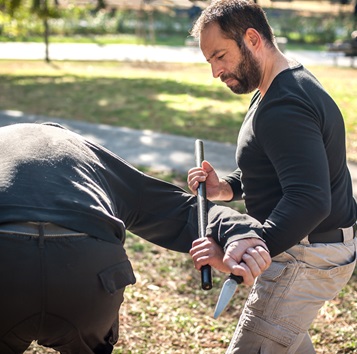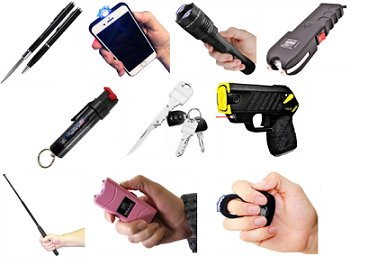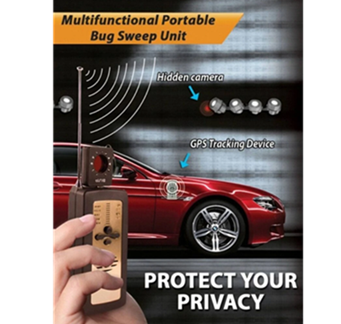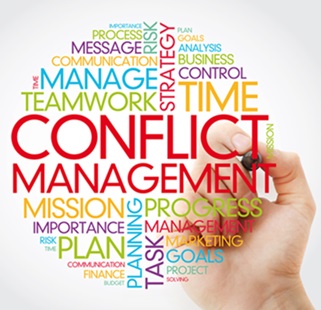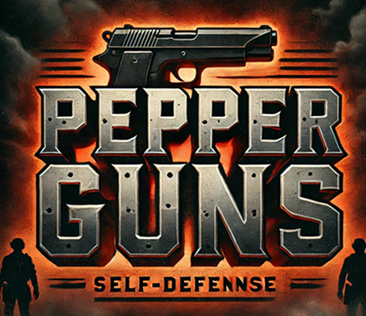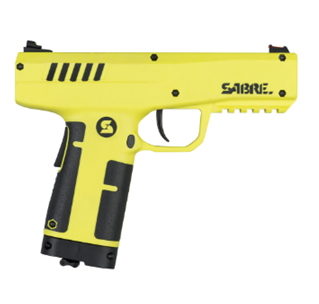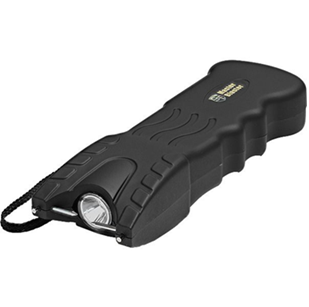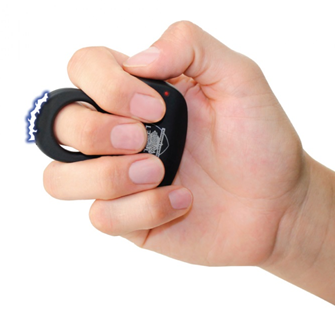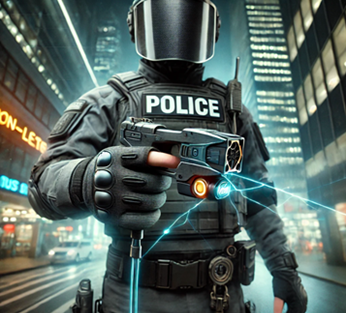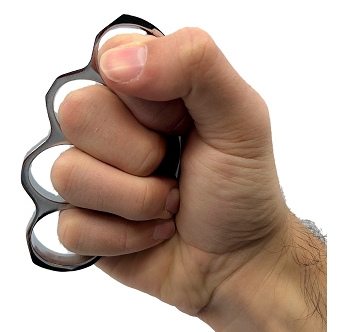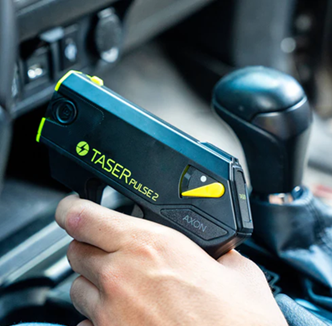The Rise in Self-Defense Non-lethal Weapon Sales
 In recent years, the demand for self-defense weapons has seen a significant surge. From pepper spray and stun guns to personal alarms and tactical flashlights, consumers are increasingly seeking non-lethal tools to enhance their personal safety. This trend is driven by a combination of heightened safety concerns, evolving legal frameworks, and a growing awareness of alternative self-defense strategies. In this blog post, we will explore the factors contributing to this rise, the types of self-defense tools gaining popularity, and the implications for individuals and society.
In recent years, the demand for self-defense weapons has seen a significant surge. From pepper spray and stun guns to personal alarms and tactical flashlights, consumers are increasingly seeking non-lethal tools to enhance their personal safety. This trend is driven by a combination of heightened safety concerns, evolving legal frameworks, and a growing awareness of alternative self-defense strategies. In this blog post, we will explore the factors contributing to this rise, the types of self-defense tools gaining popularity, and the implications for individuals and society.
Why Are Self-Defense Weapons Becoming More Popular?
1. Increasing Safety Concerns
The modern world is rife with challenges to personal security. Reports of rising crime rates in certain areas, coupled with sensationalized media coverage, have led to heightened fears of being targeted. For example, the FBI’s Uniform Crime Reporting (UCR) program has documented fluctuations in violent crime rates, with many individuals interpreting these trends as a call to be better prepared.
High-profile incidents of public violence, such as mass shootings or random attacks, have further fueled anxiety. In response, many people are turning to self-defense tools as a way to feel more secure in their daily lives. According to a recent report from Fox News, sales of items like pepper spray and stun guns have increased significantly in urban areas where concerns about personal safety are particularly acute.
2. Restrictive Firearm Regulations
Stricter gun control laws in many states have made it more challenging for individuals to obtain firearms for self-defense. While firearms remain a common choice for home protection, many people are seeking non-lethal alternatives that are easier to acquire and legally carry. Tools like pepper spray and stun guns often have fewer regulatory hurdles, making them an attractive option for individuals who may not wish to navigate the complexities of firearm ownership.
3. Awareness of Non-Lethal Options
The rise of self-defense workshops and online safety courses has brought greater awareness to the effectiveness of non-lethal tools. Many of these programs emphasize the importance of being prepared without escalating potential conflicts. For example, tactical flashlights that double as striking tools or personal alarms designed to disorient attackers are increasingly featured in safety training sessions.
Popular Self-Defense Tools
1. Pepper Spray
Pepper spray remains one of the most widely used self-defense tools. Its compact size, affordability, and ease of use make it a go-to option for individuals of all ages. Modern formulations include features like UV dye to mark attackers for identification, and some sprays now offer extended ranges for added safety.
2. Stun Guns and Tasers
Stun guns and Tasers are growing in popularity due to their ability to incapacitate an attacker without causing permanent harm. These devices deliver an electric shock that temporarily disrupts muscle function, allowing the user to escape. Many models now include built-in flashlights and ergonomic designs for easy handling.
3. Personal Alarms
Personal alarms are small, portable devices that emit loud noises when activated. These alarms are designed to attract attention and deter attackers, making them especially popular among students, joggers, and seniors. Some modern alarms also include GPS tracking capabilities to alert authorities or loved ones in case of an emergency.
4. Tactical Flashlights
Tactical flashlights serve a dual purpose: illuminating dark areas and acting as a self-defense tool. Many models feature strobe functions to disorient attackers and are constructed with durable materials for use as striking instruments.
Legal Considerations
While non-lethal self-defense tools are generally easier to obtain than firearms, they are not without legal restrictions. For instance, certain states require permits for stun guns or limit the strength of pepper spray formulations. Additionally, some locations, such as schools, government buildings, and airports, prohibit the possession of these tools entirely.
Understanding local laws is crucial for responsible ownership. For example:
-
Age Restrictions: Many states mandate a minimum age for purchasing self-defense tools, typically 18 years.
-
Usage Limitations: Misuse of these tools can result in legal repercussions, including fines or criminal charges.
-
Transportation Rules: Some jurisdictions have specific regulations about how self-defense items can be carried in public spaces.
Implications of the Trend
1. Empowerment and Confidence
The availability of non-lethal self-defense tools provides individuals with a sense of empowerment. Knowing they have a means to protect themselves can boost confidence, particularly for those who feel vulnerable in public spaces.
2. Potential for Misuse
As with any tool, there is a risk of misuse. Incidents of individuals deploying pepper spray in non-threatening situations or accidentally activating stun guns highlight the importance of proper training and education.
3. Market Growth
The rising demand for self-defense tools has spurred innovation in the market. Companies are developing more advanced and user-friendly products, such as wearable alarms and multi-functional devices. This growth also presents opportunities for businesses to educate consumers on responsible usage.
4. Shifts in Public Perception
The normalization of carrying self-defense tools reflects broader societal shifts toward proactive safety measures. However, it also raises questions about the underlying causes of increased safety concerns and whether more systemic solutions, such as community policing or urban design improvements, might address these fears more effectively.
Tips for Choosing and Using Self-Defense Tools
-
Assess Your Needs: Consider your lifestyle and the environments you frequent. For example, joggers might prioritize lightweight options like personal alarms, while commuters may prefer pepper spray for its compactness.
-
Understand the Laws: Research local regulations to ensure compliance. This step is especially important for travelers who may cross state or international borders.
-
Practice Regularly: Familiarize yourself with the operation of your chosen tool. Practice deploying it in a safe environment to build muscle memory.
-
Combine with Situational Awareness: Self-defense tools are most effective when paired with good situational awareness. Stay alert to your surroundings and trust your instincts.
-
Seek Professional Training: Many organizations offer courses on using self-defense tools effectively. These classes often include scenarios to help participants respond under pressure.
Conclusion
The rise in self-defense weapon sales is a multifaceted phenomenon influenced by societal, legal, and personal factors. While these tools offer a sense of security and empowerment, they also come with responsibilities. As the market continues to grow, it is essential for individuals to make informed choices, prioritize training, and remain aware of the legal and ethical implications of self-defense.
By embracing a holistic approach that includes situational awareness, de-escalation techniques, and non-lethal tools, individuals can enhance their personal safety while contributing to a culture of responsible self-defense.
Comments
Company Info
Customer Service
Product Information
- TASER® and Stun Devices Regulations by State
- TASER® Safe Escape Product Replacement Guarantee
- TASER® Comparison Chart
- TASER® User Manuals
- TASER® Warranty Info
- Byrna Product Catalog
- PepperBall Manuals & Spec Sheets
- Pepper Spray Laws
- Air Gun Laws
- States that Restrict Automatic and Butterfly Knives
- Our Print Catalog



























